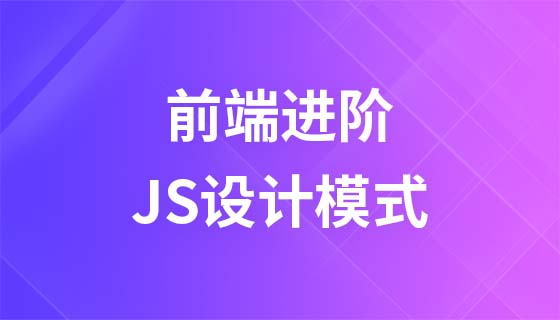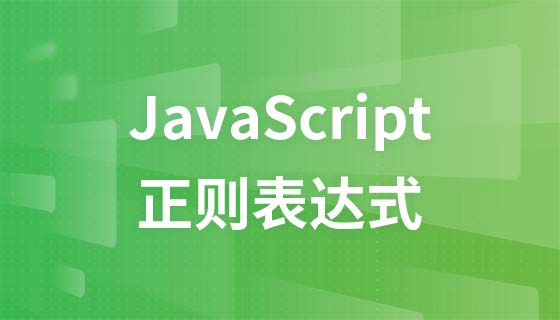Java并发实现方式详解
时间:2025-07-15 09:18:27 218浏览 收藏
一分耕耘,一分收获!既然打开了这篇文章《Java并发实现方式有哪些》,就坚持看下去吧!文中内容包含等等知识点...希望你能在阅读本文后,能真真实实学到知识或者帮你解决心中的疑惑,也欢迎大佬或者新人朋友们多留言评论,多给建议!谢谢!

本文旨在介绍如何在 Go 语言中实现并发方法。通过 go 语句和 channel,可以轻松地将方法转化为并发执行的单元。本文将提供实现并发方法所需的基础知识,并讨论在并发方法中调用其他方法时需要注意的事项,最后给出一些学习资源,助你深入理解 Go 的并发机制。
Go 语言中的并发方法
Go 语言以其强大的并发特性而闻名。利用 go 关键字,我们可以轻松地启动一个 goroutine,从而实现并发执行。要将一个方法转化为并发方法,通常的做法是在方法内部使用 go 关键字启动一个新的 goroutine 来执行方法体中的代码。
以下是一个简单的示例,展示了如何将 Get 方法转化为并发方法:
type test struct {
foo uint8
bar uint8
}
func NewTest(arg1 string) (*test, error) {
// ... implementation ...
return &test{}, nil // Replace with your actual return
}
func (self *test) Get(str string) ([]byte, error) {
ch := make(chan struct {
data []byte
err error
}, 1) // Buffered channel to avoid goroutine leak
go func() {
// Code for this method.
data, err := self.processData(str) // Replace with your actual data processing logic.
ch <- struct {
data []byte
err error
}{data: data, err: err}
}()
result := <-ch // Wait for the goroutine to complete and receive the result.
return result.data, result.err
}
func (self *test) processData(str string) ([]byte, error) {
// Simulate some work.
time.Sleep(time.Millisecond * 100)
return []byte("processed: " + str), nil
}
代码解释:
- 创建 Channel: 首先,我们创建了一个 channel ch,用于在 goroutine 和调用方之间传递结果。 使用 buffered channel 避免goroutine泄露。
- 启动 Goroutine: 使用 go func() { ... }() 启动一个新的 goroutine。该 goroutine 负责执行 Get 方法的核心逻辑。
- 数据处理: 在 goroutine 内部,执行实际的数据处理逻辑,并将结果(包括数据和错误)发送到 channel ch。
- 接收结果: 在 Get 方法中,使用 <-ch 阻塞等待 goroutine 完成,并接收其发送的结果。
- 返回结果: 最后,Get 方法将接收到的结果返回给调用方。
注意事项:
- 错误处理: 在并发方法中,错误处理至关重要。需要确保 goroutine 能够正确地捕获和传递错误信息,以便调用方能够及时处理。
- 数据竞争: 并发访问共享数据时,需要特别注意数据竞争问题。可以使用互斥锁(sync.Mutex)或其他同步机制来保护共享数据。
- Goroutine 泄漏: 确保所有启动的 goroutine 最终都会完成,避免 goroutine 泄漏。使用 buffered channel 或者 sync.WaitGroup 可以帮助避免goroutine泄露。
在并发方法中调用其他方法
在并发方法中调用其他方法是完全允许的。默认情况下,方法调用是同步的,这意味着在调用方法返回之前,程序会一直等待。
func (self *test) Get(str string) ([]byte, error) {
go func() {
result, err := self.helperMethod(str) // 调用 helperMethod
// ... 处理 result 和 err
}()
}
func (self *test) helperMethod(str string) ([]byte, error) {
// ... 实现 helperMethod 的逻辑
return []byte{}, nil // Replace with your actual return
}在上面的例子中,Get 方法启动了一个 goroutine,该 goroutine 调用了 helperMethod。helperMethod 会在 goroutine 内部同步执行。如果 helperMethod 本身需要并发执行,则需要在 helperMethod 内部也使用 go 关键字启动新的 goroutine。
总结:
- 从并发方法中调用其他方法,默认是同步执行的。
- 如果被调用的方法也需要并发执行,需要在该方法内部使用 go 关键字启动新的 goroutine。
进一步学习资源
- Go 语言规范 - 示例包: http://golang.org/doc/go_spec.html#An_example_package
- Go 教程 - 素数: http://golang.org/doc/go_tutorial.html
- Go 教程 - 多路复用: http://golang.org/doc/go_tutorial.html
- Effective Go - 并发: http://golang.org/doc/effective_go.html#concurrency
- Go 语言规范 - Go 语句: http://golang.org/doc/go_spec.html#Go_statements
- Go 语言规范 - Channel 类型: http://golang.org/doc/go_spec.html#Channel_types
- Go 语言规范 - Select 语句: http://golang.org/doc/go_spec.html#Select_statements
通过阅读这些资源,可以更深入地理解 Go 语言的并发机制,并掌握编写高效并发程序的技巧。
到这里,我们也就讲完了《Java并发实现方式详解》的内容了。个人认为,基础知识的学习和巩固,是为了更好的将其运用到项目中,欢迎关注golang学习网公众号,带你了解更多关于的知识点!
-
505 收藏
-
503 收藏
-
502 收藏
-
502 收藏
-
502 收藏
-
116 收藏
-
493 收藏
-
265 收藏
-
244 收藏
-
319 收藏
-
397 收藏
-
135 收藏
-
400 收藏
-
196 收藏
-
298 收藏
-
491 收藏
-
145 收藏
-

- 前端进阶之JavaScript设计模式
- 设计模式是开发人员在软件开发过程中面临一般问题时的解决方案,代表了最佳的实践。本课程的主打内容包括JS常见设计模式以及具体应用场景,打造一站式知识长龙服务,适合有JS基础的同学学习。
- 立即学习 543次学习
-

- GO语言核心编程课程
- 本课程采用真实案例,全面具体可落地,从理论到实践,一步一步将GO核心编程技术、编程思想、底层实现融会贯通,使学习者贴近时代脉搏,做IT互联网时代的弄潮儿。
- 立即学习 516次学习
-

- 简单聊聊mysql8与网络通信
- 如有问题加微信:Le-studyg;在课程中,我们将首先介绍MySQL8的新特性,包括性能优化、安全增强、新数据类型等,帮助学生快速熟悉MySQL8的最新功能。接着,我们将深入解析MySQL的网络通信机制,包括协议、连接管理、数据传输等,让
- 立即学习 500次学习
-

- JavaScript正则表达式基础与实战
- 在任何一门编程语言中,正则表达式,都是一项重要的知识,它提供了高效的字符串匹配与捕获机制,可以极大的简化程序设计。
- 立即学习 487次学习
-

- 从零制作响应式网站—Grid布局
- 本系列教程将展示从零制作一个假想的网络科技公司官网,分为导航,轮播,关于我们,成功案例,服务流程,团队介绍,数据部分,公司动态,底部信息等内容区块。网站整体采用CSSGrid布局,支持响应式,有流畅过渡和展现动画。
- 立即学习 485次学习
